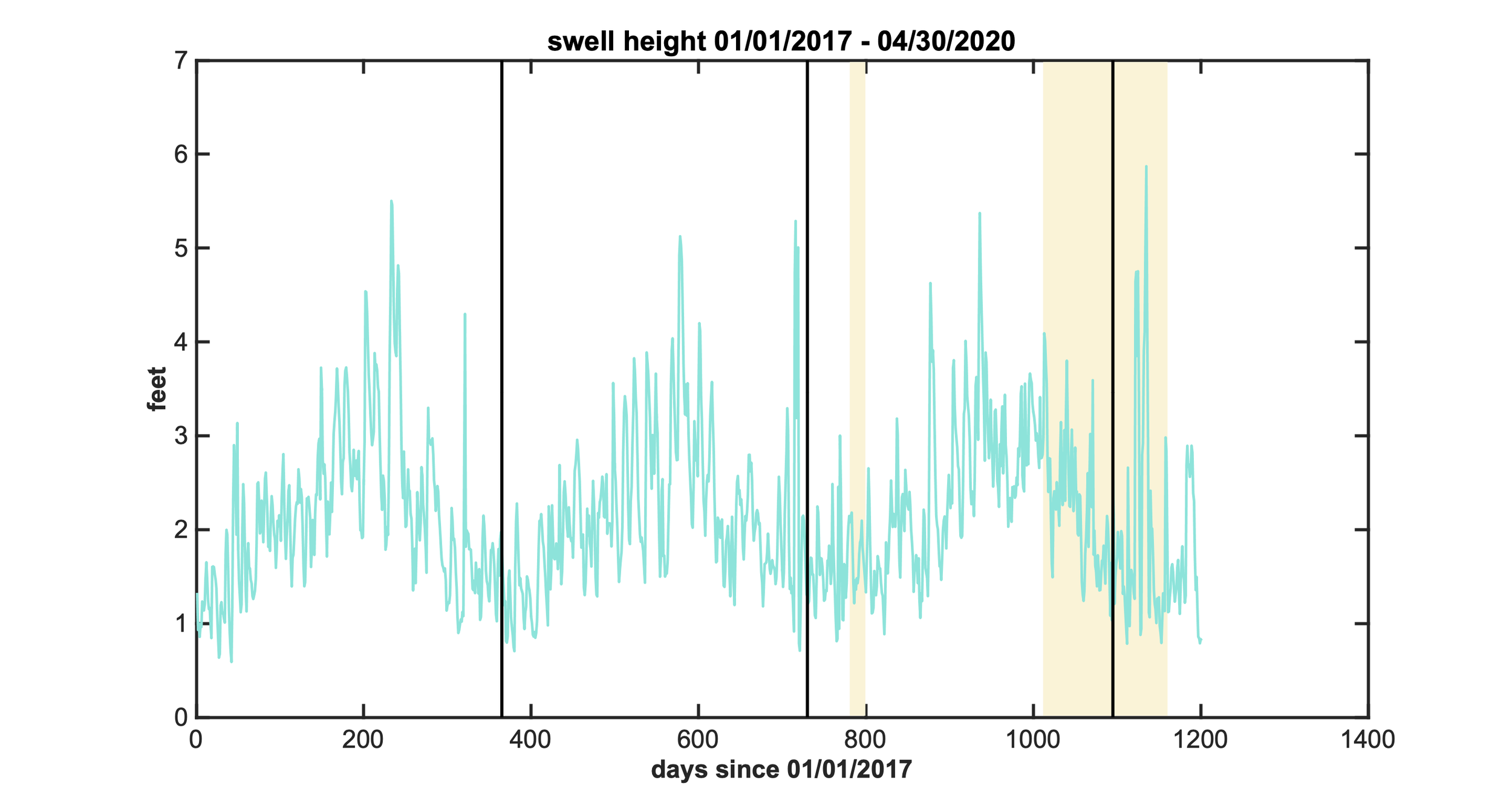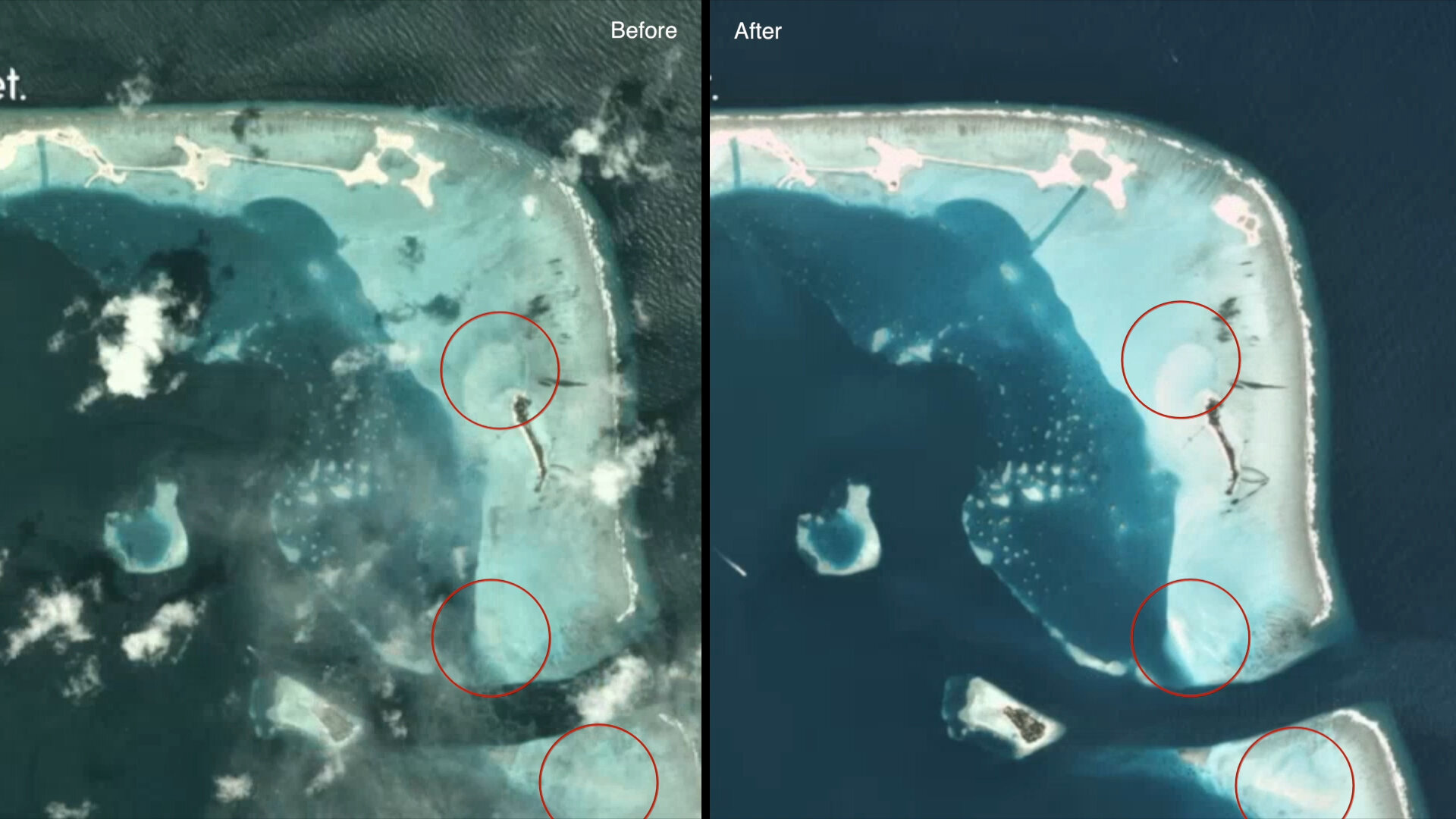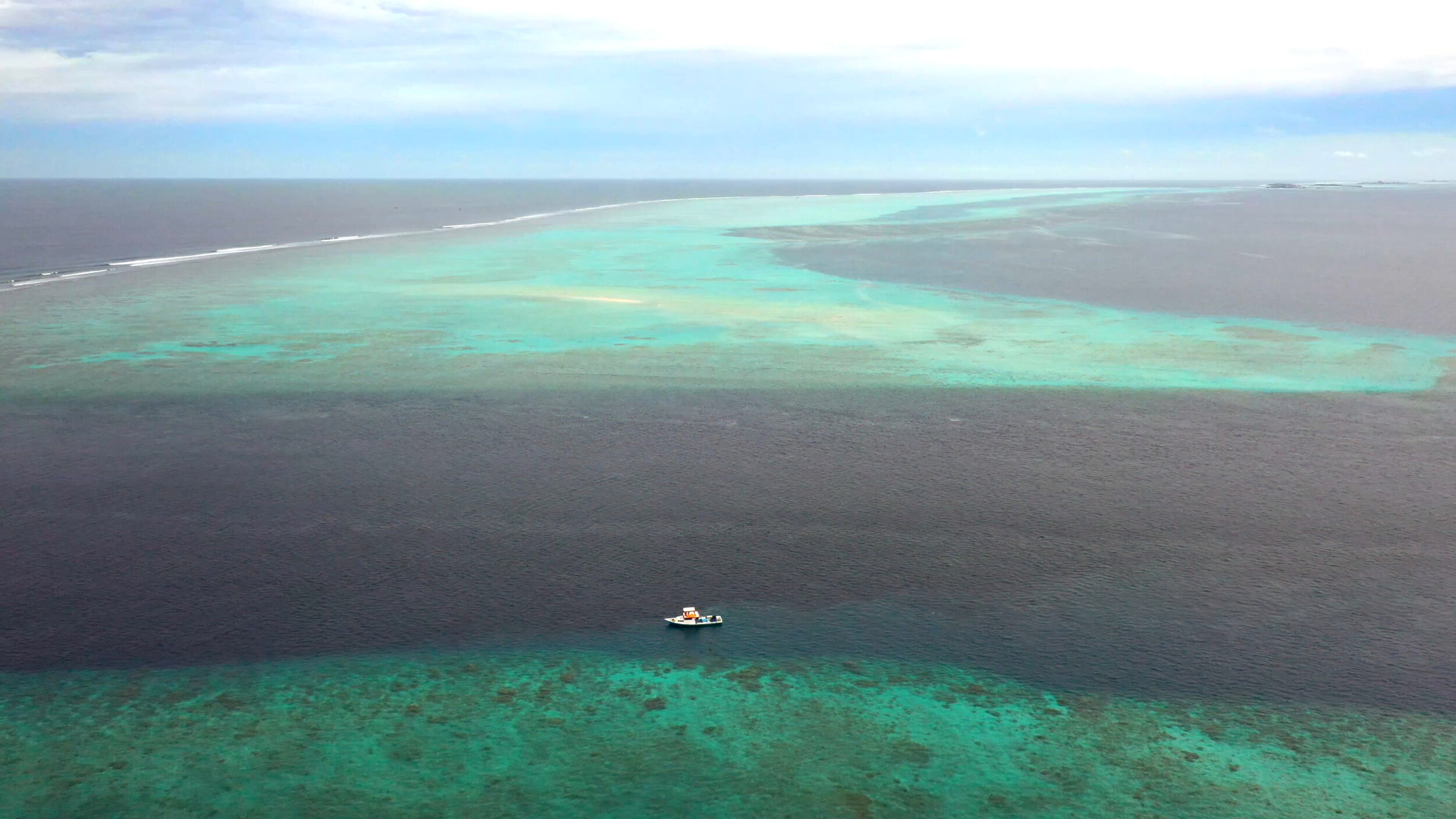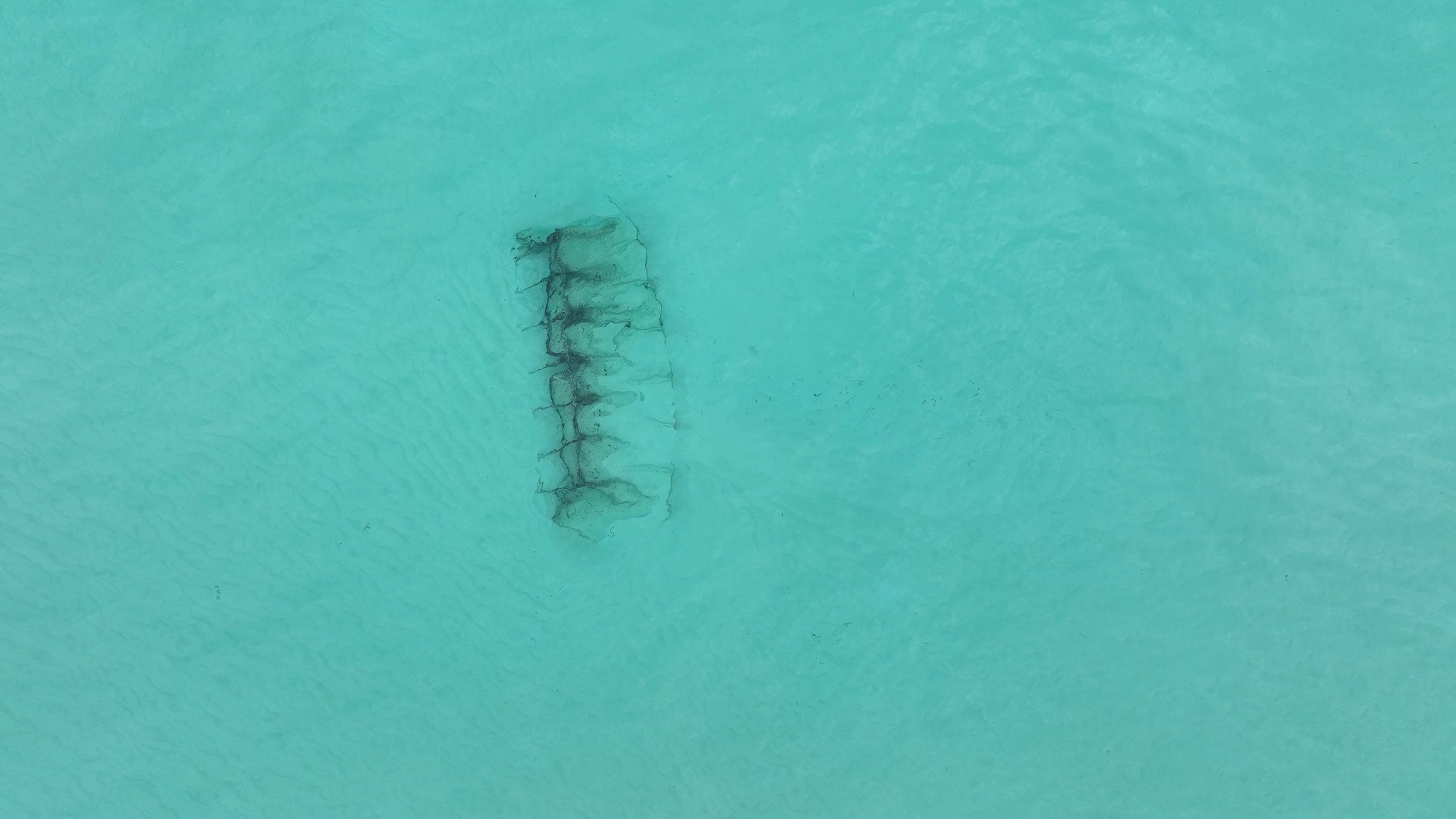
Growing Islands
Growing Islands:
Rebuilding Beaches and Protecting Coastlines through Wave Energy
Self-Assembly Lab Team: Walt Zesk, Natalie Pearl, Arzy Abliadzhyieva, Yihong Amy Chen, Farida Moustafa, Tishya Chhabra, Annie Dong, Ayah Mahmoud, Tishya Chhabra, Sabrina Su, Maria Diane Fadel, Kimball Kaiser, Jacqueline Chen, Christina Kim, Alice Song, Jeremy Bilotti, Nitzan Zilberman, Heather Nelson, Maya Koneval, Yuxuan Lei, Violetta Jusiega, Emile C. Theriault-Shay, Amelia Wong, Nicole Teichner, Olivia Yao, Stephen Colar, Björn Sparrman, Schendy Kernizan, Jared Laucks, Skylar Tibbits
Invena – Maldives: Ali Amir, Ibrahim Maniku, Fahad Shiham, Mommo Maniku, Sarah Dole, Hassan Maniku
Research Collaborators: Heidi Nepf, MIT; Taylor Perron, MIT; James Bramante, MIT; Andrew Ashton, Woods Hole Oceanographic Institute
Tencate: Albert Lim Lum Kong, Muhammad Abdullah Bin Ahmad, Tan Jun Yuen, Tom Stephens, Siew Kok Hau
Sanken Overseas: Hirantha Jayasinghe, Charuka Dewasurendra
SASe Construction: Saudulla Ahmed, Abdulla Sawad, Athif
Taj Maldives: Corinna Luebbe, Ingmar Rondeel, Hussain Aiham Ali, Ahmed Nihad
Ocean Group Maldives: Hussain aiham Ali, Ahmed Shamih, Ingmar Rondeel, Ramesh Mani
Support from: Invena, Department of Architecture, MIT School of Architecture + Planning, MIT International Design Center, MIT, National Geographic
Venice Biennale Installation: Maria Anishchenko & Giulia Grassi
Drone footage by @AliAerials
Music by Lullatone
Satellite images by Planet - www.planet.com
SkySat images by Vulcan & the Allen Coral Atlas - www.allencoralatlas.org


What if we could harness the power of the ocean to grow islands, rebuild beaches and protect coastal communities from sea level rise?
MIT’s Self Assembly Lab and Invena, an organization based out of the Maldives, are working together to create a system of underwater structures that use wave energy to promote sand accumulation in strategic locations. Over time, the goal is that the self-organization of sand will grow into new islands or help rebuild coastlines, creating an adaptable solution to protect coastal communities from rising sea levels.
As climate change progresses, island nations and coastal regions face a growing risk from sea level rise and increased storm inundation. With ~40% of the world’s population living in coastal areas, it is imperative that we find novel approaches to address this mounting threat. Typical attempts to fight storms and sea level rise rely on static physical barriers or continual coastal dredging, which try to resist constantly changing natural forces. Our goal is instead to work with the forces of nature, harnessing them to build rather than destroy.
Together with our collaborators in the Maldives, we are designing, building and deploying submersible devices that, based simply on their geometry and orientation, can function as adaptable artificial reefs. By harnessing wave forces to accelerate and guide the accumulation of sand in strategic locations, and adapting the placement of the devices to seasonal changes and storm direction, our approach aims to naturally and sustainably reshape sand topographies using the forces of nature.
By collaborating with the natural forces of the ocean we believe we can promote the self-organization of sand structures without permanent man-made barriers or the continual dredging and destruction of natural habitats. Compared with traditional approaches that attempt to fight the forces of nature, we are aiming to build with nature, rather than destroy. We believe this is a sustainable approach to the problem that can eventually be scaled to many coastal areas around the world. Just as forest management is used to help strengthen and protect forests from uncontrolled fires or overgrowth, we see a collaborative and natural approach to sand accumulation as an important future to promote adaptation in the face of climate change while protecting against sea-level rise and increasing natural disasters.

Field Experiment 10: Jan. 2025 - Maldives
In January of 2025 our team completed the latest field experiments at the JW Marriott Kaafu Atoll Resort, installing 54 artificial reef units, each measuring 1m x 1m x 1m. These units were first cast directly into the sand on the beach, then pulled out and placed underwater just offshore of the resort. Every piece was uniquely formed, with complex surfaces and textures designed to function like the local reef by encouraging habitats for fish, coral, and other marine species.
The structures were placed in a hexagonal configuration creating a specific density and porosity for wave attenuation which was tested both computationally and physically at MIT to optimize the sand accumulation and wave dissipation.. The installation aims not only to rebuild beaches by guiding natural sand back to shore, but also to provide a thriving marine habitat and dive site for guests. Since the initial installation, we have analyzed the site through bathymetry studies, eDNA sampling of the water, biofilms and sediment as well as underwater cameras. We have seen over 30m of new beach accretion in just 6 months, as well as thousands of fish and natural coral recruitment. Continued success here could demonstrate the potential for scaling such interventions to many vulnerable shorelines worldwide, offering a new approach for improving coastal resilience, marine habitats and the human experience.
Field Experiment 9: March 2024 - Maldives
In March of 2024 our team completed a new field installation in the Maldives, this time deploying a series of six large structures, each measuring 20m x 4m x 2m, placed underwater in a ring configuration. The goal of this configuration is to maximize sand accumulation throughout the year. Unlike directional structures that are more effective in one monsoon season than the other, the ring is designed to capture sand during both monsoons, directing natural sediment transport processes toward the center of the structure.
Since its installation, the ring has already demonstrated significant success, with over 600 cubic meters of net positive sand accumulation observed within the central area. As with our previous field installations, this work builds upon our previous work, advancing the earlier successes observed from our 2019 field installation. By adapting these principles into the large ring structure the aim was to create a year-round structure that is continually accumulating sand, season after season. This structure has also been testing computationally, in physical flumes as well as in the field and we are seeing strong correlation between the three. This installation marks an important step in exploring how specific geometry and orientations can be optimized to enhance natural sediment accretion in targeted areas.
Field Experiment 8: Nov. 2023 - Maldives
In November of 2023 our team returned to the Maldives to install a high-density rope/field network. We targeted a 10% density of the field, where roughly 10% of the overall volume is obstructed. This density was selected based on successes from our simulation results and will be used to compare with our 1% density field installation from April of 2023. The field structure was made from 550m(1800ft) of 3/4” rope tied into knots and connected at their ends to moorings. The goal of the field structures are to create natural high density field areas that help accumulate sediment in a similar manner to native vegetation. This work is based on our collaborator Heidi Nepf’s research into natural sediment accretion through vegetation fields. We are hoping that this approach provides a low-cost, easy to deploy system for accumulating sand while also benefiting the marine ecosystems by creating habitat for marine life and a scaffold for vegetation to grow.
Field Experiment 7: April 2023 - Maldives
In April of 2023 our team installed a low-density rope/field network in the Maldives. We targeted a 1% density of the field, where roughly 1% of the overall volume is obstructed. This density was selected based on the lowest possible density that might still reduce the velocity of water and increase sand accumulation. We are comparing the results from this installation with our 10% field network to understand the difference in density and the effectiveness for accretion as well as benefits to the natural ecosystem. This field structure was made from 350m(1150ft) of 3/4” rope tied into knots and connected at their ends to moorings. The goal of the field structures are to create natural high density field areas that help accumulate sediment in a similar manner to native vegetation. This work is based on our collaborator Heidi Nepf’s research into natural sediment accretion through vegetation fields. We are hoping that this approach provides a low-cost, easy to deploy system for accumulating sand while also benefiting the marine ecosystems by creating habitat for marine life and a scaffold for vegetation to grow.
Field Experiment 6: April 2023 - Maldives
In April of 2023 our team designed, fabricated and installed a lightweight submersible structure. This development focused on using Concrete Canvas as a skin/surface on top of a lightweight metal frame, similar to our Field Experiment 3 in 2021. The Concrete Canvas material arrives to site as a textile roll and then when sprayed with water turns into a rigid concrete panel. This experiment continues to advance our goals of making a low-cost, easy to deploy, construction system that can be used at islands or coastlines around the world. We are continuing to monitor this structure for sand accretion, marine growth and material stability/longevity.
Field Experiment 5: April 2023 and Nov. 2023 - Maldives
In April of 2023 and November of 2023 we deployed a series of material experiments underwater in the Maldives to test the viability of promoting coral growth and marine life. We have been refining a historical process used in the Maldives and other areas around the world where coral-based sand can be fired, turning it into lime and then hydrated to turn it into cement. By adding sand/shells back into the cement we can create concrete that is made entirely from local materials, minimizing the shipping/transportation and some of the negative environmental impacts of concrete construction. Our material experiments took this local sand/concrete mix and tried to advance the functionality by experimented with geometries, surface textures, porosity and various additives that could promote coral growth. We are have been working with the local dive team and marine biologists as well as the Maldives Coral Institute to test various hypotheses on material substrates for coral growth. We are continuing to monitor these experiments and deploy new materials to refine the process. Our ultimate goal is to create a circular system using local material that produces concrete for building our submersible sand structures (or on-land construction) while also benefiting the marine ecosystem, growing new coral, producing more sand etc.
Field Experiment 4: Nov. 2022 - Maldives
In 2022 our team went to back to the Maldives under our National Geographic grant to install a floating garden system that hovered above the 2019 installation. The floating gardens were filled with native vegetation including Red Mangroves, Screw Pine and other local plants. The goal of the floating gardens is to allow the vegetation to grow roots downwards into the sand while the sand is accumulating upwards. The vegetation can help trap more sand and stabilize it after accumulation. This natural approach to construction can continue to grow and help the ecosystems above and below the surface of the water.
Field Experiment 3: Nov. 2021 - Maldives
In Nov. 2021 our team went back to the Maldives under our National Geographic grant to deploy a new construction method using lightweight, low cost modules. The structures can be easily deployed, installing roughly 30meters in an hour. When the season shifts the modules can be removed or adjusted to maximize the sand accumulation. Our MIT and INVENA team installed these structures underwater in two different locations, one parallel to a beach and the second in a reef flat within the lagoon. We are continually testing new constructions methods with the aim to make our installations as minimal as possible and the construction methods as affordable, scalable and fast as we can.
Field Experiment 2: Oct./Nov. 2019 - Maldives
In November of 2019 we installed our second field experiment in the Maldives. We took the best of our laboratory experiments, scaled them up ( 20mx4mx2m ), had them fabricated and then submerged the bladders underwater in the Maldives. Since then, we have been collecting data through satellite imagery, drone footage and physical measurements to analyze the sand accumulation across the reef flat. We are now seeing roughly a ½ meter of new sand accumulation over an area of approximately 20m x 30m, since November. That is an area of ~ 600m2 and 300 cubic meters of new sand accumulating in roughly 4 months! These are early, yet promising, results and are part of a much longer term project where we aim to continue to test these approaches in the Maldives and various other locations around the world. Our goal is to create a system of submersible structures that can adapt to the dynamic weather conditions to naturally grow and rebuild our coastlines. We envision scaling this approach and tailoring it to many locations around the world to help rebuild and stabilize heavily-populated coastlines and vulnerable island nations.









An underwater photo taken in April of 2023 showing our second field experiment from 2019 with approximately 2meters (6.5ft) of new sand accumulation. The sand can be seen here reaching the top of the 2m structure with only roughly 0.5m (1.6ft) remaining to reach the surface of the water at high tide (at low tide, the water is just overtop of the surface of the structure/sand).
Field Experiment 1: Feb. 2019 - Maldives
In February 2019, we installed our first field experiment in the Maldives. We translated our lab experiments into two bladders (~3mx2mx2m), fabricated by our team at MIT sewn together out of heavy duty canvas material. We folded them up, shipped them over in suitcases, then filled them with sand and submerged them underwater at the site. This was the first phase of this multi-year project with various lab experiments, field experiments and years of data collection and analysis to understand and design a successful system to promote natural sand accumulation.








Lab Experiments - MIT - 2017-2020
Since 2017 we have been conducting experiments in our lab at MIT. We have built two wave tanks where we are testing a variety of wave conditions, sand behaviors and geometries to promote accumulation. The larger tank is a 6’x2’x2’ tank where we use a robot to pump waves with different frequency and intensity. We are testing different types of waves, as well as the relationship between current forces vs. wave forces on sand accumulation. The smaller tank, which is 2'x2’x6”, is where we are testing sand formations, ripples, sediment-starved patterns, dunes and various other structures. This tank allows us to quickly generate sand patterns (in seconds to minutes) with different orientations and frequencies of waves. The goal with both of these tanks is to align our lab experiments with real-world conditions specific to the two predominant seasons in the Maldives. We have done hundreds of tank experiments so far and are using these studies to gain intuition and insight into what mechanisms result in the greatest sand accumulation. We are trying to understand the ideal geometry for promoting sand accumulation, how different geometries create different sand formation patterns, and how to reorient structures to respond to dynamic environmental conditions. The best of these lab experiments are then translated to field experiments twice a year.




Weather Studies - Maldives
Since 2017 we have been gathering weather data for our location in the Maldives, including seasonal changes, wind speeds, wind directions and swell heights. In our next field experiment we will also be installing underwater sensors to measure the current and wave forces. All of our weather data collection and analysis is attempting to gain a macro and micro level understanding for how the environmental changes influence sand accumulation. From a broad perspective, we are hoping to understand how the weather changes annually and seasonally to give context for the accumulation that we are seeing in our field experiments. We are looking to try to gain insight into what are the differences between the two predominant seasons in terms of wind and ocean forces and when is the best moment and location to install one of our bladders to promote the maximum accumulation? From a local perspective, as we are seeing sand accumulation we want to understand if this was a traditionally calm moment, or an extreme situation and how the influence of regular seasons versus isolated storms may impact sand accumulation. The Maldives have a dramatic change in the two predominant seasons which switch 180 degrees from the northeast to the southwest. We are hoping to test either these opposing forces will help enhance or diminish the amount of sand accumulation throughout the year.




Satellite Timelapse - Maldives April 2019 to April 2020
Sandbar Movement - Maldives April 2019 to April 2020
Native Sand Accumulation & Sandbar Studies - Maldives
This project started when we first visited the site and were taken to a local sandbar. It was incredible to see the size of the sandbar (~100m x 20m) and the quantity of sand (over 1m in elevation) that was built completely on its own, in just a matter of months. We came to understand that these sandbars appear and disappear at different times of the year based on the forces of the ocean and underwater bathymetry. We also spoke to some of the local historians who talked to us about how they would collaborate with the ocean, changing seasons and growing vegetation to expand their islands or morph their shape. These natural and collaborative approaches to growing land mass through sand self-organization came in stark contrast to the man-made dredging that we saw being used for island reclamation. Dredging is a technique where they pump sand from the deep ocean onto beaches or reef flats, and it is used throughout the Maldives and all around the world. In the same amount of time that it takes to dredge an island (~months), we watched three different sandbars form themselves through satellite imagery. We started to realize that the amount of energy, time, money, labor and destruction of the marine environment that is caused by dredging could likely be stopped if we could understand why sandbars form naturally and tap into this natural phenomena of self-organization. The goal of our lab and field experiments are to test hypotheses on why sandbars form and translate those into mechanisms for promoting their accumulation in strategic locations. We continue to study the native accumulations of sand throughout the region. We are analyzing these sand accumulations through satellite imagery and drone photography, trying to gain insights into the dynamics of how these sandbars grow/move/disappear, over time.



















































